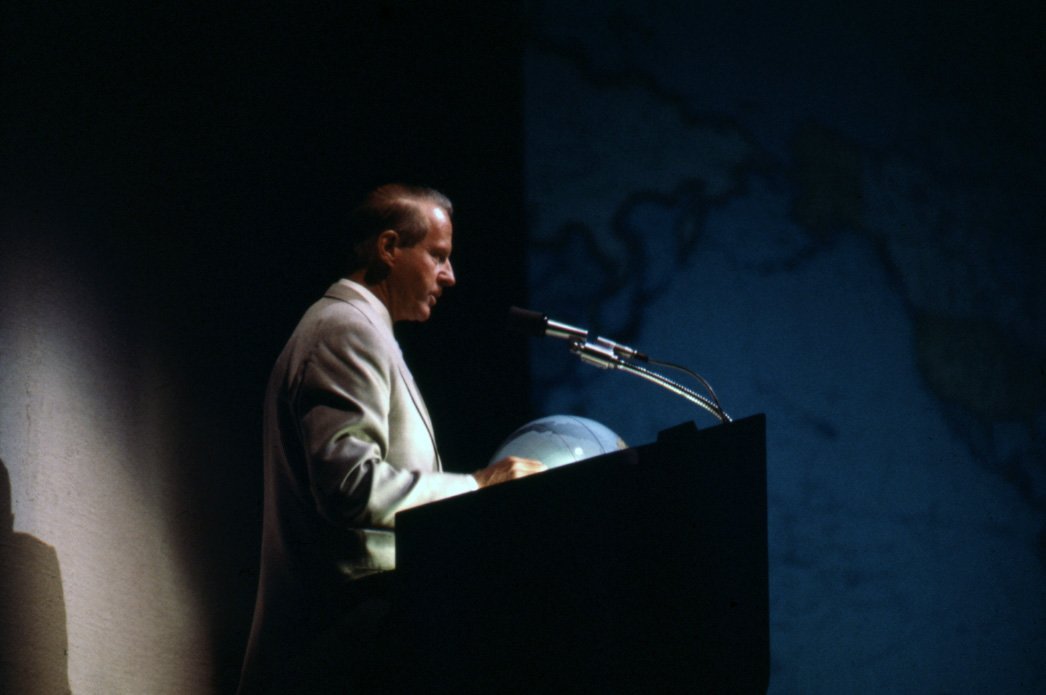‘Uncovering Pacific Pasts’ a collaboration
Objects have many stories to tell. The stories of their creators and their uses, stories of exchange.
Uncovering Pacific Pasts
Uncovering Pacific Pasts is a unique collaboration between 25 museums and research institutions in the Pacific, America and Europe to tell stories about the development of archaeological research in the region. Each institution has a small exhibition that tells part of the big story.
The exhibition Uncovering Pacific Pasts focuses on revealing the stories of how the objects on display were interpreted and reinterpreted by collectors and archaeologists in the past. This is a way to explore the ideas, people and networks that were central to the development of the discipline of archeology and that continue to influence the ways we all understand the deep history of the Pacific.
The exhibition is organized by professor Matthew Spriggs from Collective Biography of Archaeology in the Pacific (CBAP) Project. The project was based on School of Archaeology and Anthropology, College of Arts and Social Sciences ved Australian National University in Canberra, Australia.
Access all the exhibits and see the objects used in the research below.
The exhibition at the Kon-Tiki Museum
Our exhibition presents Thor Heyerdahl's role in introducing modern subterranean archeology to islands in the Southeast Pacific, and the little-known role he and the Kon-Tiki Museum played in developing an archaeological research program for the Marquesas Islands following the 11th Pacific Science Congress in 1961 in collaboration with the Bishop Museum.
Thor Heyerdahl presents a paper at the 11th Pacific Science Congress in Honolulu, 1961.
During 1955 and 1956, Thor Heyerdahl organized and led the privately financed Norwegian archaeological expedition to Easter Island and the Eastern Pacific. The expedition carried out archaeological excavations, mainly on Rapa Nui, but also on Pitcairn, Raivavae, Rapa Iti, Hiva Oa and Nukuhiva. Fieldwork on Rapa Nui developed the first audio-cultural chronology on the island, and was a solid foundation for future research for decades.
Excavation at Paeke, Taipi Valley, Nukuhiva, 1956.
At the 11th Pacific Science Congress in Honolulu in 1961, Thor Heyerdahl became involved in developing an archaeological research program for the Marquesas Islands. The Kon-Tiki Museum, which had only become a permanent museum in 1956, financed two archaeological fieldwork expeditions to Hiva Oa in 1963. However, in the same year the American Anthropologist published a review of the 1955-56 expedition's monograph Archeology of Easter Island (1961) ) . Heyerdahl considered the report a deliberate attack to smear the professional work done by the five expedition archaeologists. To defend the reputation of his friends, Thor Heyerdahl withdrew from the project. The two expeditions planned by the Kon-Tiki Museum were carried out, but the project lost the drive, fame and talent for organization and financing that Thor Heyerdahl could provide.
Archaeology of Easter Island
Publisher's advertisement for Thor Heyerdahl's (and his collaborators') most significant scientific publication: Archeology of Easter Island, published in 1961.
How to see the exhibition?
Due to the closure of most social, cultural and business activities in Norway, as a result of the spread of Covid-19, the museum is closed until the restrictions are lifted.
You are most welcome to see the exhibition, which will be open for three months after the museum reopens. In the meantime, you can read a short article written for the project Uncovering Pacific Pasts: Thor Heyerdahl and the Kon-Tiki Museum's research in the Marquesas and on Easter Island 1955-63.








